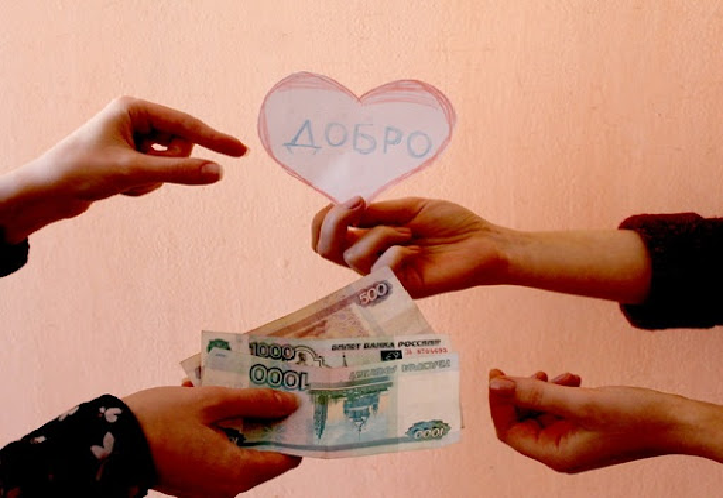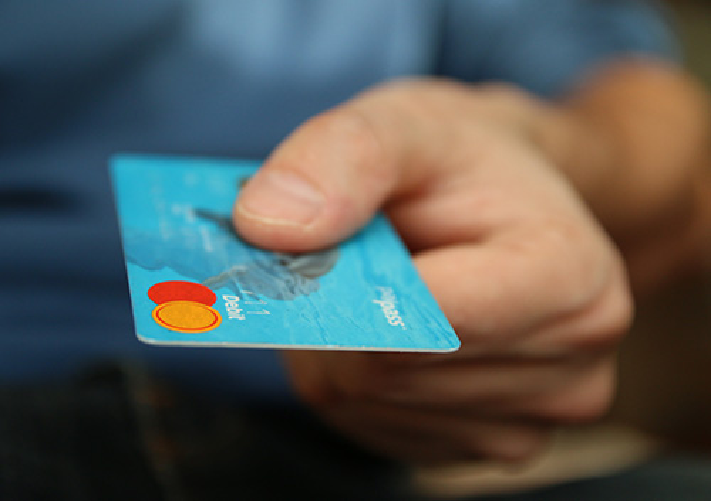Charity is a good way to help and wisely and with a kind heart invest money in a good cause. Various fundraising campaigns are often held on behalf of charitable organizations, but scammers have also joined in and organize fake funds solely for their own enrichment.
Charity Fraud
Scammers actively work in the field of charitable fundraising. One of the common methods for scammers has become transferring money to a bank card. Fraudsters spread information using social networks, posing as volunteers and representatives of funds, where they ask for urgent help:
- to large families;
- to a child with a disability;
- to needy animals;
- for an expensive operation.
It should be understood that charitable funds do not collect funds on personal bank cards; they always have a special bank account.
Fake Funds
Fake funds created hide their contacts, create a hasty website where there is no information about details, necessary contact numbers, addresses of legal and physical persons, links to official accounts and groups on social networks. It is not recommended to transfer funds to organizations that do not have contact details for feedback.

Donation Scams
Scammers on the internet, collecting donations and deceiving investors, seriously undermine the reputation of existing charitable funds that truly engage in good deeds.
The majority of information about donations and participation in charity is distributed through messengers and social networks, attracting investors' attention with a pitiful theme or persistent demands and requests for help. Fake videos are released with people demanding help from benefactors, using psychological methods to influence people.
Fraud in Fundraising
Charitable scams manifest in various forms, among them are:
- creation of fake organizations whose aim is to appropriate funds;
- false charitable offers, their goals are directed toward misleading investors;
- appropriation of funds by the staff or organizers of charities;
- providing false reports on the use of collected funds.

Fake Aid Campaigns
Scammers organize fake aid campaigns using the names of large companies and organizations, they create phishing links that require you to click and register. The phishing link will redirect to a fake site where you need to enter personal data, including bank card numbers. It is explained that the aid will be transferred to this card, thus scammers obtain personal data from campaign participants. They can use this data for various fraudulent schemes:
- access to a bank card;
- theft of funds from bank accounts;
- payment in online stores;
- taking out loans in a microfinance organization.
How to Verify a Charity
To verify a charity, the first thing you need to do is find it on the internet, study the website, and pay attention to such nuances as:
- the presence of a bank account for making donations;
- information about the organizers and participants of the fund;
- the presence of a relevant license for operation;
- the presence of the charity's legal address;
- study the personalities of the organizers on social networks;
- read reviews on various resources about the charity.

Volunteer Scams
Volunteering is considered one of the types of charity, for its conduct it is necessary:
- availability of special permit documents;
- names of the organizers.
Volunteer organizations are often subjected to fraudulent attacks. Many scammers pose as volunteers, collecting considerable sums for various aid, but the money ends up in the pockets of fraudsters and proving fraud is quite difficult. After all, people make charitable donations on their own, without coercion. Fake volunteers start collections even without providing reports on the use of the collected funds.
Scammers do not always collect money, for example, they collect products, supposedly, for those in need, which can easily end up on the markets and be sold for personal gain. Scammers come up with various ways to attract investors and, posing as volunteers, easily gain people's trust to achieve their goal.

Fraud on Charity Sites
Scammers create fake charity sites with such speed and skill that they are hard to distinguish from real ones. Their domains differ by a few characters, to determine if a site is fake, you need to check it by typing the address of a known domain in the address bar. For fake sites, scammers use similar names, changing only a few characters or symbols, slight changes indicate its false origin.
Masquerading as charitable funds, scammers collect considerable sums from compassionate people, but this money does not go to a good cause, and the scammers simply enrich themselves.
